Oil paint can be a bit tricky to work with, but it’s definitely worth the effort. One of the biggest challenges is what to do with leftover paint. If you’re not careful, it can dry up and become unusable. In this article, we will discuss how to reuse dried oil paint. We’ll answer some common questions and provide tips on how to get the most out of your old paint!
How To Reuse Dried Oil Paint?
Dried oil paint can actually be reused, and it’s not as difficult as you might think. The process of reusing dried oil paint is actually quite simple, and it can be done in a few easy steps.
The first thing you need to do is add some linseed oil to your dried paint. This can be accomplished by using either a brush or knife to mix the two substances together. The linseed oil will make your paint more pliable and less likely to peel off or develop cracks.
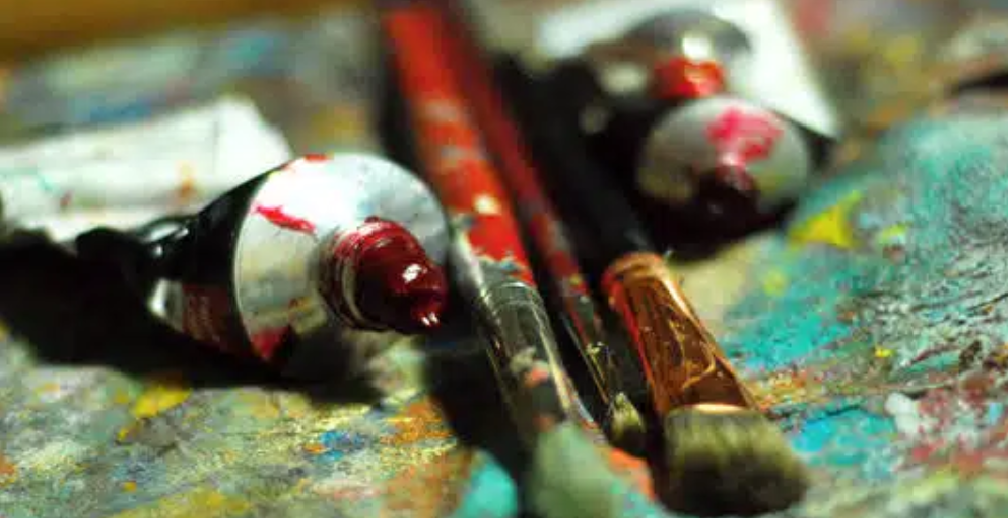
Next, you need to apply heat to your paint. This can be done with a hair dryer or by placing your painting in a warm room. The heat will help to loosen the paint and make it more pliable.
Once your paint is warm, you can start to manipulate it. Any cracks or flakes can be smoothed out using a brush or your fingers. You can give your paint a new lease on life by adding new layers on top of the old.
With this method, you can create interesting effects and give your painting more dimension.
Once your painting is complete, set it aside to cool before you add a varnish.
By taking these precautions, you will help your painting last for many years to come.
Reusing dried oil paint is a great way to save money and create unique works of art. With a little bit of effort, you can transform your old, dried-up paint into something beautiful and new. [1]
What Is A Paint Thinner?
A paint thinner is a solvent that is used to thin oil-based paints. Paint thinners are also used to clean brushes and other painting tools. They can be purchased at most hardware stores or online.
Paint thinners are made from different chemicals, but the most common one is mineral spirits. Mineral spirits are a petroleum-based product that evaporates quickly. They are also flammable, so they should be used with caution.
Other common paint thinners include turpentine, denatured alcohol, and acetone. Use these solvents with caution, as they are more intense than mineral spirits.
Paint thinners can be used to clean dried paint from brushes and other painting tools. They can also be used to thin oil-based paints before they are applied to a surface.
When using paint thinners, it is important to follow the manufacturer’s instructions. This will help to ensure that you are using the product safely and correctly. [2]
How To Assess Paint To See Whether It Is Salvageable?
The first step in reusing dried oil paint is to assess the paint to see whether it is salvageable. There are a few things you can look for to determine this.
First, check the color of the paint. If it has changed color significantly, it is probably not going to be useful. Paint that has turned dark or yellow is probably not going to give you the results you are looking for.
Next, check the consistency of the paint. If it is very thick and gooey, it is probably not going to be usable. However, if it is still somewhat pliable, there is a good chance you will be able to reuse it.
Finally, smell the paint. If it has a strong odor, it is probably not going to be usable. However, if it only has a slight odor, it is probably still good.
How To Restore Dried Oil Paint Using A Thinner Medium?
Once you have determined that your paint is still good, you can begin to restore it using a thinner medium. The most common thinner medium is mineral spirits.
To use mineral spirits, simply add a small amount to your dried paint. You can do this by using a brush or a knife to mix the two together. Once you have added the mineral spirits, your paint will be much more manageable and won’t be as likely to crack or flake off.
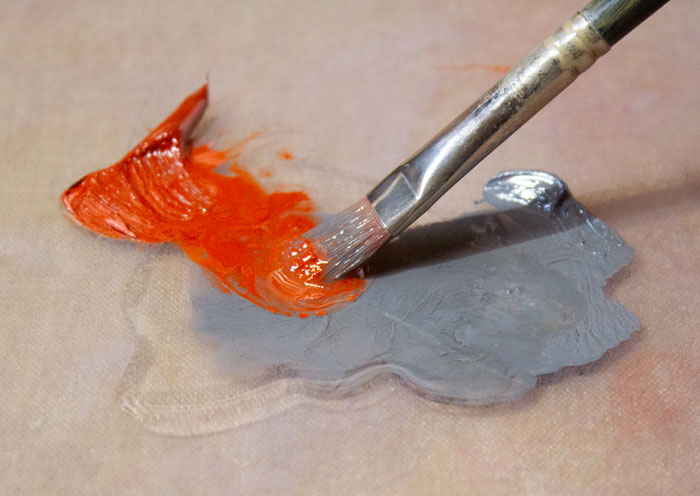
You can also use other solvents such as turpentine, denatured alcohol, or acetone. These solvents can be more aggressive than mineral spirits and should be used sparingly.
Once you have added the thinner medium, you can begin to manipulate the paint. You can use a brush or your fingers to smooth out any cracks or flakes. You can also add new layers of paint on top of your old ones. This is a great way to create unique effects and add depth to your painting.
Once you’re happy with your painting, you can allow it to cool and then varnish it. This will help to protect your painting and ensure that it lasts for many years to come. [3]
Step 1: Cover Your Workspace
The first step in reusing dried oil paint is to cover your workspace. This is important because paint thinners are very flammable. You don’t want anything to catch fire while you are working.
You can use a drop cloth or an old sheet to cover your work area. Make sure that the area is well ventilated and that there are no open flames nearby.
Step 2: Open The Paint That Needs Restoring
Once you have your workspace set up, you can begin to open the paint that needs restoring. If the paint is in a tube, you will need to cut it open. If the paint is in a jar, you can simply unscrew the lid.
Once the paint is open, you can assess it to see if it is still good. Check the color, consistency, and smell of the paint. If it passes all of these tests, it is probably still good and can be reused.
Step 3: Add The Thinner Medium
To do this, simply pour a small amount of the thinner medium into the container with the dried oil paint. Then, use a stir stick to mix the two together until the paint has reached its original consistency.
Once the paint is rehydrated, you can begin using it again just as you would any other type of oil paint. Just remember to clean your brushes thoroughly after each use!
Step 4: Stir The Thinner Medium Thoroughly
Once you have added the thinner medium, you need to stir it thoroughly. This is important because you want the thinner medium to be evenly distributed throughout the paint.
You can use a brush or a knife to stir the paint. You want to make sure that there are no clumps of thinner medium in the paint. Once the thinner medium is evenly mixed, you can begin to manipulate the paint.
Step 5: Replace The Lid On The Paint Bottle Or Container
Once you have finished manipulating the paint, you need to replace the lid on the paint bottle or container. This is important because you don’t want the thinner medium to evaporate.
Make sure that the lid is screwed on tightly. You can also put a layer of plastic wrap over the top of the lid to make sure that it is airtight.
How do you liquify oil paint?
There are a few different ways that you can liquify oil paint. The most common way is to use a thinner medium such as mineral spirits. You can also use other solvents such as turpentine, denatured alcohol, or acetone.
To use a thinner medium, simply add a small amount to your dried paint. You can do this by using a brush or a knife to mix the two together. Once you have added the thinner medium, your paint will be much more manageable and won’t be as likely to crack or flake off.
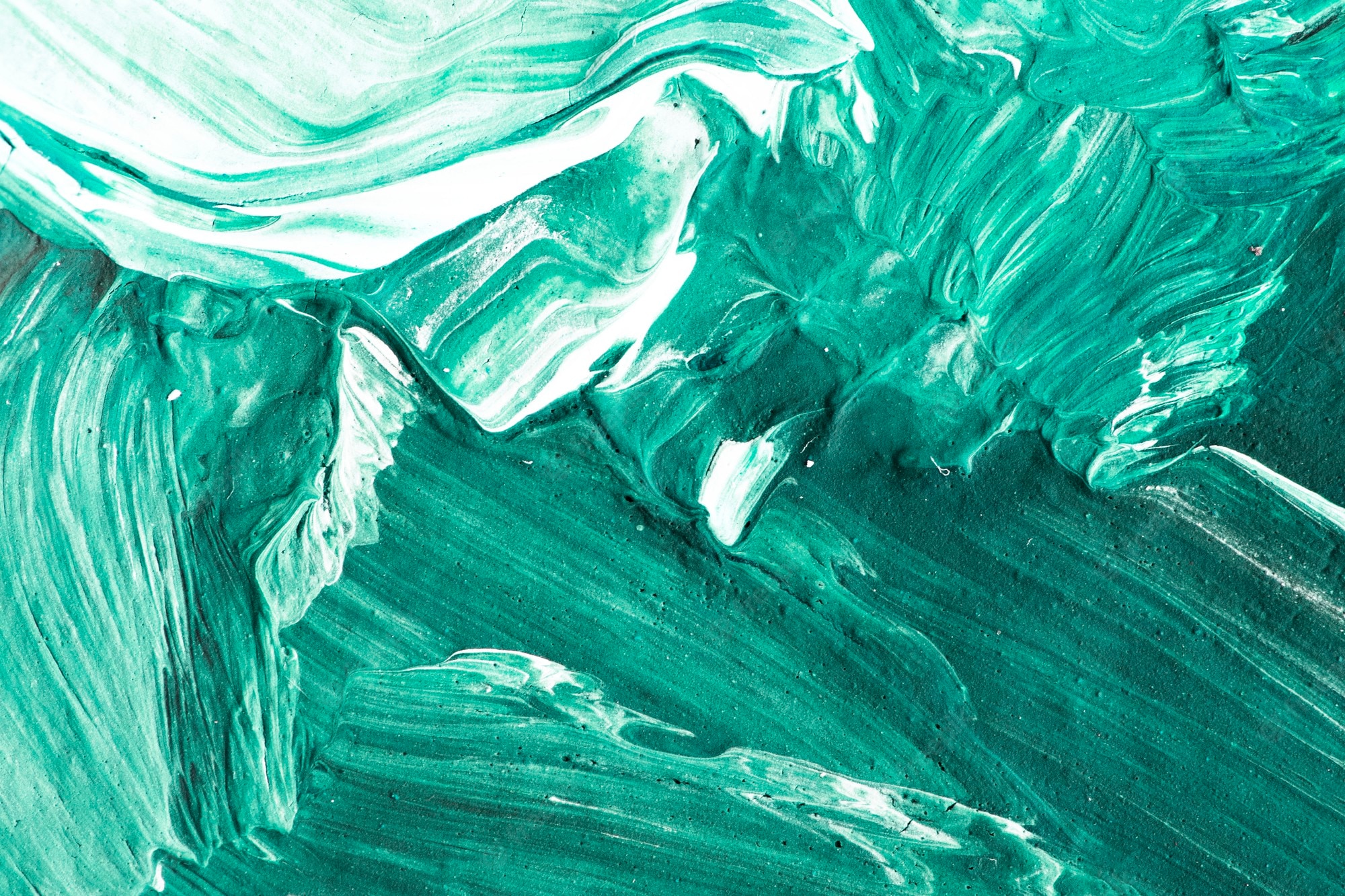
Once you have mixed the thinner medium into the paint, you need to stir it thoroughly.The thinner should be evenly stirred into the paint to create an even distribution. Both a brush and knife can be used to mix the paint. To avoid an uneven consistency, mix the paint until there are no more thick or thin clumps. Once you have mixed the thinner and paint thoroughly, you can begin to use it.
Another way to liquify oil paint is to use heat. You can do this by using a hair dryer or by placing the paint in a warm oven. Be careful not to overheat the paint, as this can cause it to change color or become brittle.
Once the paint has liquified, you can stir it thoroughly and begin to manipulate it. Be sure to replace the lid on the container when you are finished so that the thinner medium doesn’t evaporate.
How does a brush restorer work?
A brush restorer is a product that is designed to clean and condition your brushes. The restorer will remove any build-up on the bristles and will also condition the bristles so that they are soft and flexible.
To use a brush restorer, simply wet the bristles of your brush and then dip it into the restorer. Rub the bristles around in the restorer until they are fully coated. Then, rinse the bristles with water and allow them to air dry.
Your brushes will be clean and conditioned after using a brush restorer. Be sure to follow the directions on the packaging to ensure that you are using the product correctly. [4]
Should I clean my oil palette?
Yes, you should clean your oil palette after each painting session. This will remove any paint that is dried on the palette and will also prevent the paint from hardening.
To clean your oil palette, simply scrape off any dried paint with a palette knife. You can then use a brush to wipe away any remaining paint. Once the palette is clean, you can store it in a cool, dry place until you are ready to use it again.
It is important to keep your oil palette clean so that your paint doesn’t become hard and unusable. Be sure to clean it after each painting session to prevent this from happening.
How do you clean dirty oil paint brushes?
The first step is to remove as much paint as possible from the brush. The best way to do this is to use a brush comb or cleaning agent designed specifically for oil paint brushes.
Once you have removed as much paint as possible, soak the brush in warm soapy water for 30 minutes. After 30 minutes, rinse the brush thoroughly with clean water.
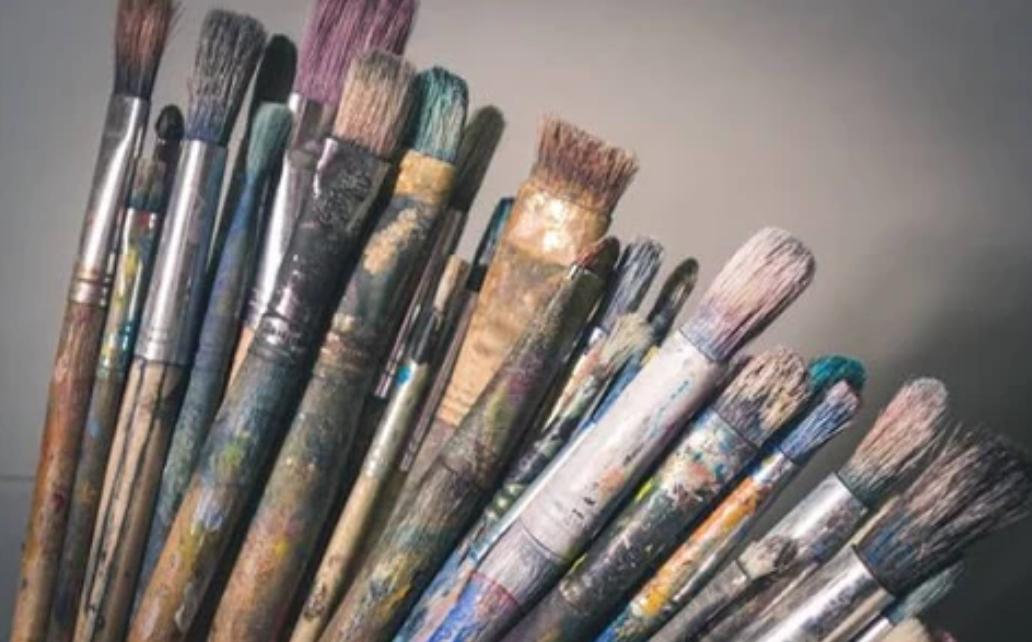
FAQ
How can you tell if oil paint is bad?
If your oil paint is bad, it will have a sour smell. It will also be hard to mix with other colors. The color of the paint may also be faded.
What do you do with leftover oil paint?
If you have leftover oil paint, you can store it in a plastic container with a tight-fitting lid. You can also add a little bit of water to the paint to keep it from drying out. Also, if you’re not planning to use it you can donate it to art schools or sell it online.
Is dried oil-based paint hazardous?
Dried oil-based paint is not hazardous. Once the paint has dried, the solvents have evaporated and the pigments are bound together, there is no risk of fumes or toxins. However, you should not inhale dried oil-based paint, because there’s still a chance it hasn’t dried completely and can have some toxins, even if it’s dried to the touch. [5]
Useful Video: Dried paint? Restore them with these 3 easy ways
Conclusion
Oil paintings are a beautiful and popular way to add original artwork to your home. But what do you do when the paint dries up? With a few simple techniques, you can reuse your dried oil paint and create new works of art. By following these tips, you’ll be able to save money and resources while still enjoying the process of painting. Thanks for reading! We hope this article was helpful. If you have any questions or comments, please feel free to reach out to us.
References
- https://www.ehow.com/how_7773075_soften-oil-paints-hardened.html
- https://www.thespruce.com/how-to-use-paint-thinner-5198317
- https://tactilehobby.com/how-to-restore-dried-out-paints/
- https://forum.reapermini.com/index.php?/topic/79246-brush-restorer/
- https://www.house-painting-info.com/question/oil-based-paint-toxic-when-dry/


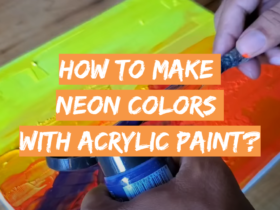
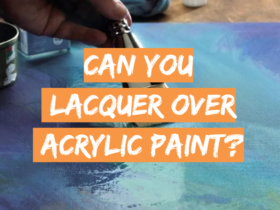

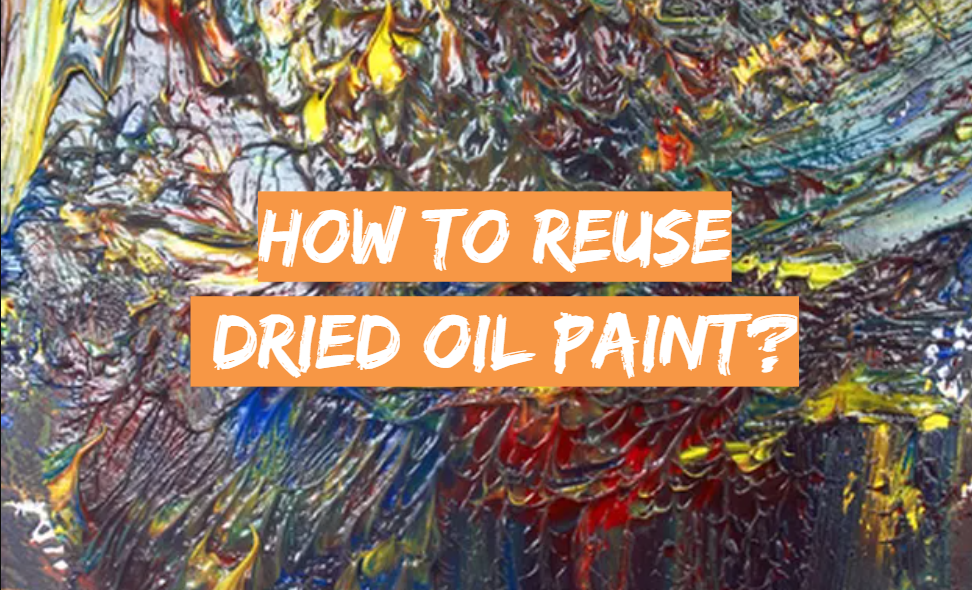


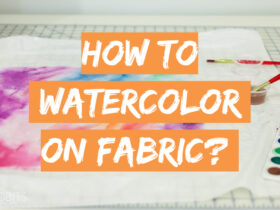
Leave a Review